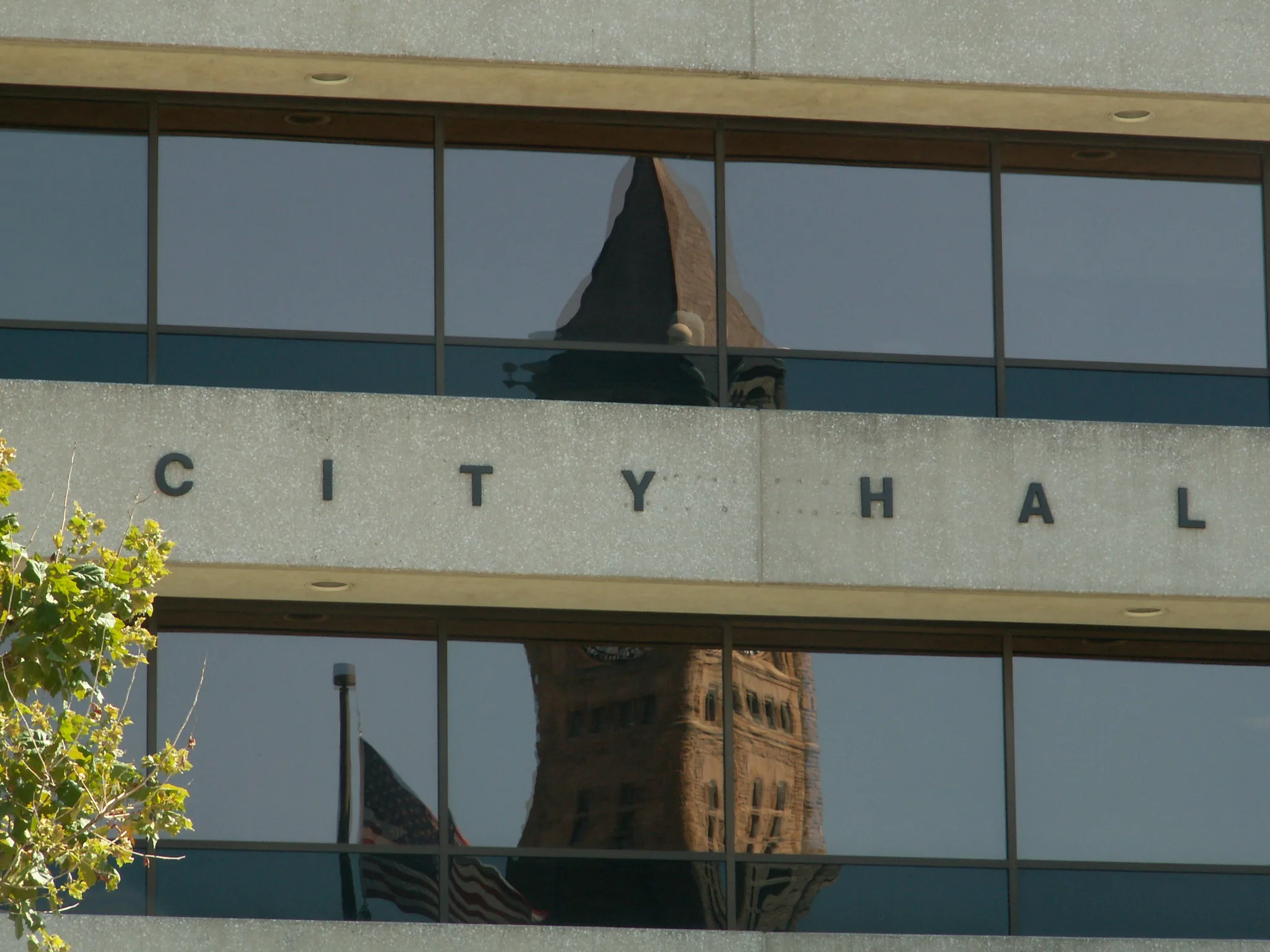The New York City Council passed landmark legislation today establishing the city’s first workers’ bill of rights, a victory for immigrant workers.
The bill, which was first introduced by Brooklyn Council Member Shahana Hanif in May, would require multiple city departments as well as community and labor organizations to create a workers’ bill of rights that would detail the rights and protections workers are guaranteed under federal, state, and local laws regardless of their immigration status.
Employers would be required to provide a copy of the bill to newly hired employees, and would also be required to post it in a visible location in the workplace. The bill must be posted in English as well as in the primary language spoken by at least 5% of employees. Any employer who fails to comply with the new law will be given a warning with 30 days to correct or contest the violation. Subsequent violations will result in a $500 fine.
The bill follows Gov. Kathy Hochul’s announcement last month of a statewide initiative that would connect asylum seekers who have obtained legal work authorization with employers willing to hire them. For those without federal work authorization, state lawmakers are also considering issuing a New York-specific work permit in an attempt to get asylum seekers out of shelters and living independently.
With so many asylum seekers looking for employment, workplace exploitation — already common in jobs like construction and cleaning where they generally work — is on the rise. Hanif said the city has seen an “uptick in workplace harassment,” including wage theft, lack of paid sick leave and workers being prevented from joining unions.
A worker’s bill of rights would help educate newly arrived immigration about their rights and protections, Hanif said.
To ensure the widest impact, the bill requires the Department of Consumer and Worker Protection, the Mayor’s Office of Immigrant Affairs, and the New York City Commission on Human Rights, to work in conjunction with labor groups, to raise awareness of the workers’ bill of rights through outreach events and public workshops. Workers would be provided information on how to join unions, what to expect if ICE agents come to a workplace, federal eligibility requirements for Temporary Protected Status, and labor laws.
Hanif said one of the bill’s major highlights is that it compiles all legal protections that exist for workers in one place.
“The idea behind the immigrant bill of rights is to just compile existing protections to ensure the immigrant workforce, irrespective of their legal status, recognize what their rights are around minimum wage, overtime, paid sick leave, fair schedule and the right to form a union,” she said. “That’s really the essence of it. We have various protections in New York City, however, they are not put in one place.”
Among the bill’s champions, the New York City Central Labor Council (NYCCLC) has been one of its biggest supporters. As the nation’s largest regional labor federation representing 300 local unions, NYCCLC wants to ensure that newly arrived immigrants are not taken advantage of by unscrupulous employers.
“We are saying if we are quick enough to get them on the job, are we just as quick to educate them about what their rights are on that job so they are not getting exploited?” said Lucia Gomez, political director with NYCCLC.
Now that the bill has been passed by the council, it goes before Mayor Adams to sign. His office has indicated that the Mayor will not veto the bill. Once passed, the new law will take 30 days to be implemented. In a statement to Documented, Amaris Cockfield, Mayor Adams’ deputy press secretary pointed out that the Mayor has a long track record in supporting immigrant workers.
“For 22 months as mayor and years before, Mayor Adams has stood up for immigrant workers and all blue-collar New Yorkers,” she said. “Fighting for better pay and working conditions for the city’s 60,000 Deliveristas and for the rights for tens of thousands of new arrivals to work and provide for their families.”
Gomez hopes that the Adams administration will prioritize distributing the worker’s bill of rights information at asylum intake centers. Although she is aware that the bill is not an all-encompassing panacea, she views it as one small but important attempt at combating workplace abuse.
“For us at this juncture, it’s one step,” she said. “ It’s not like it’s going to change the landscape but what we are saying is that let’s make sure people are well-informed.”















